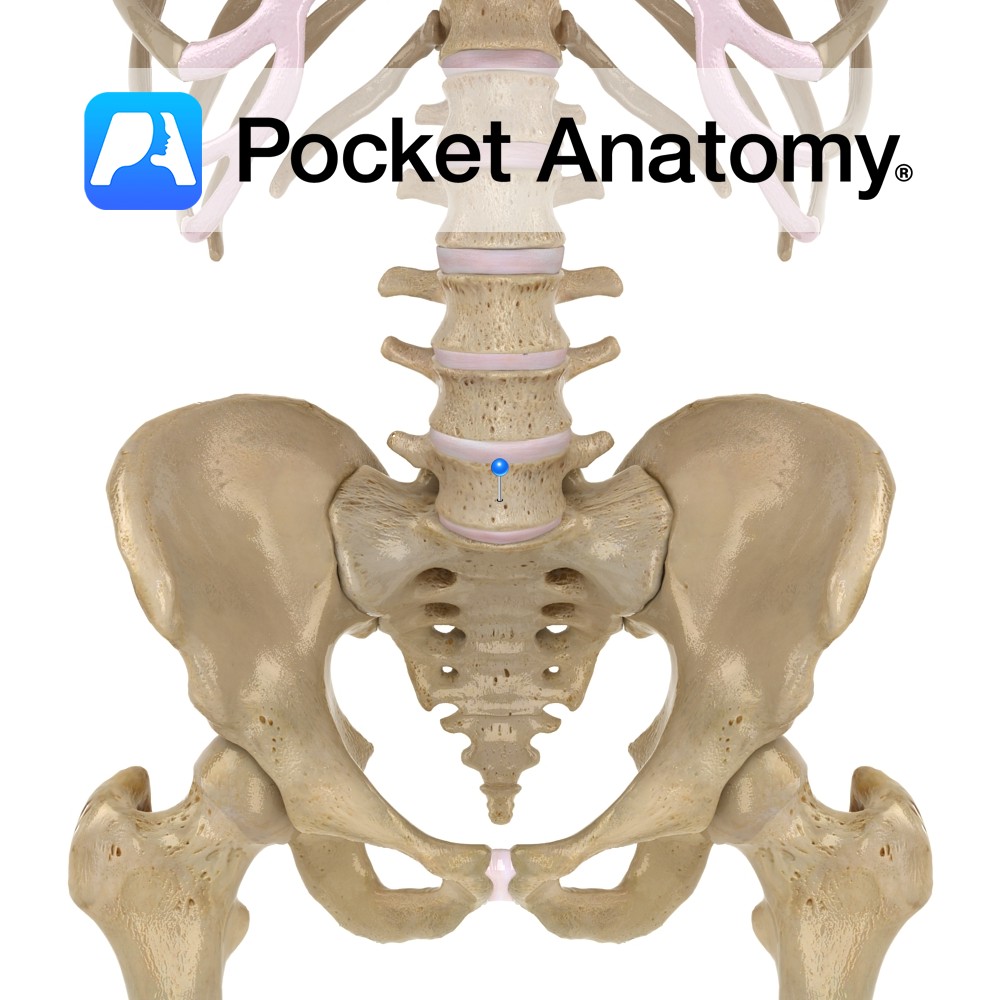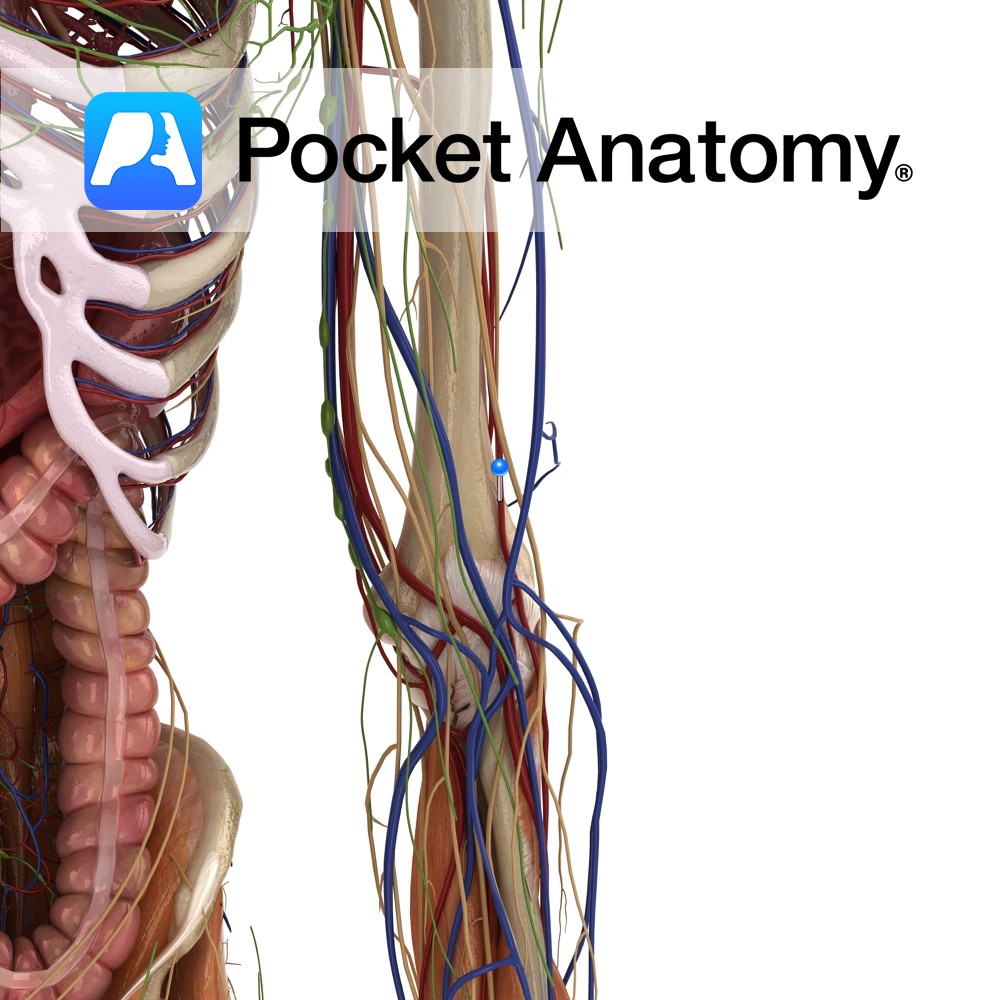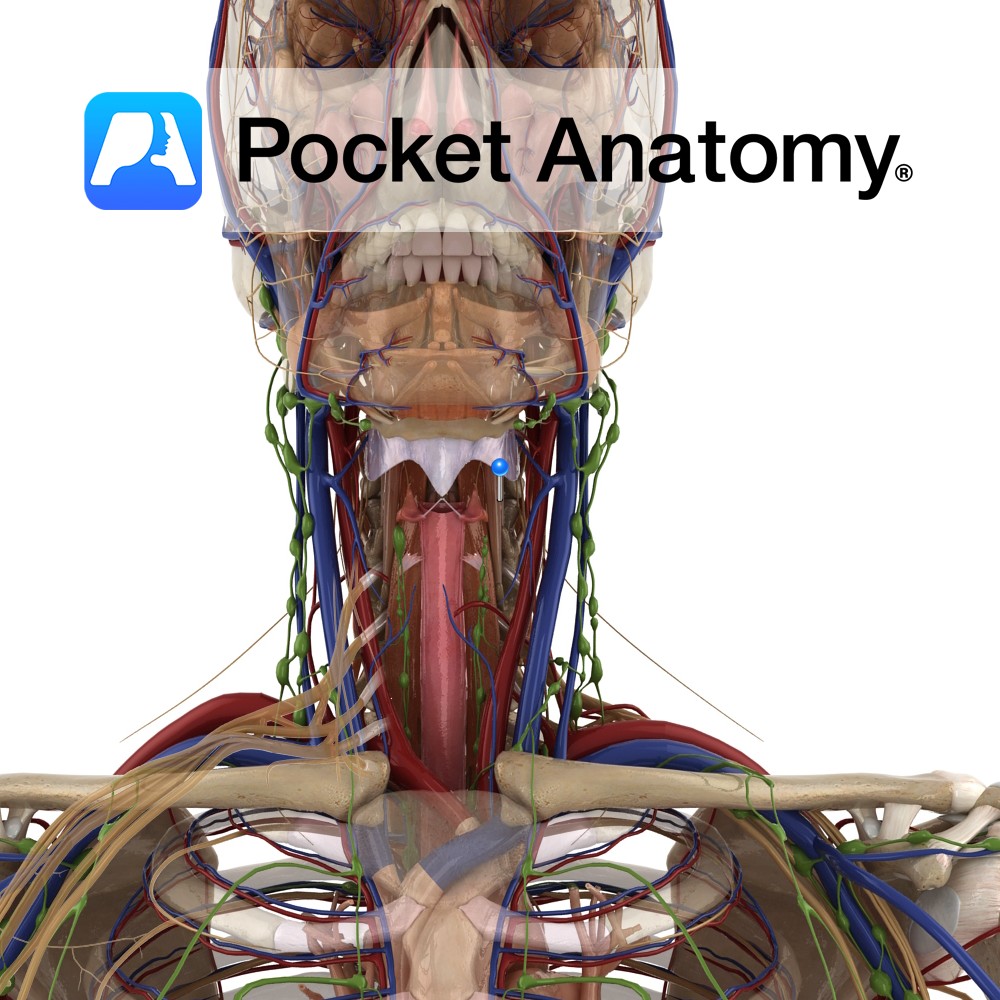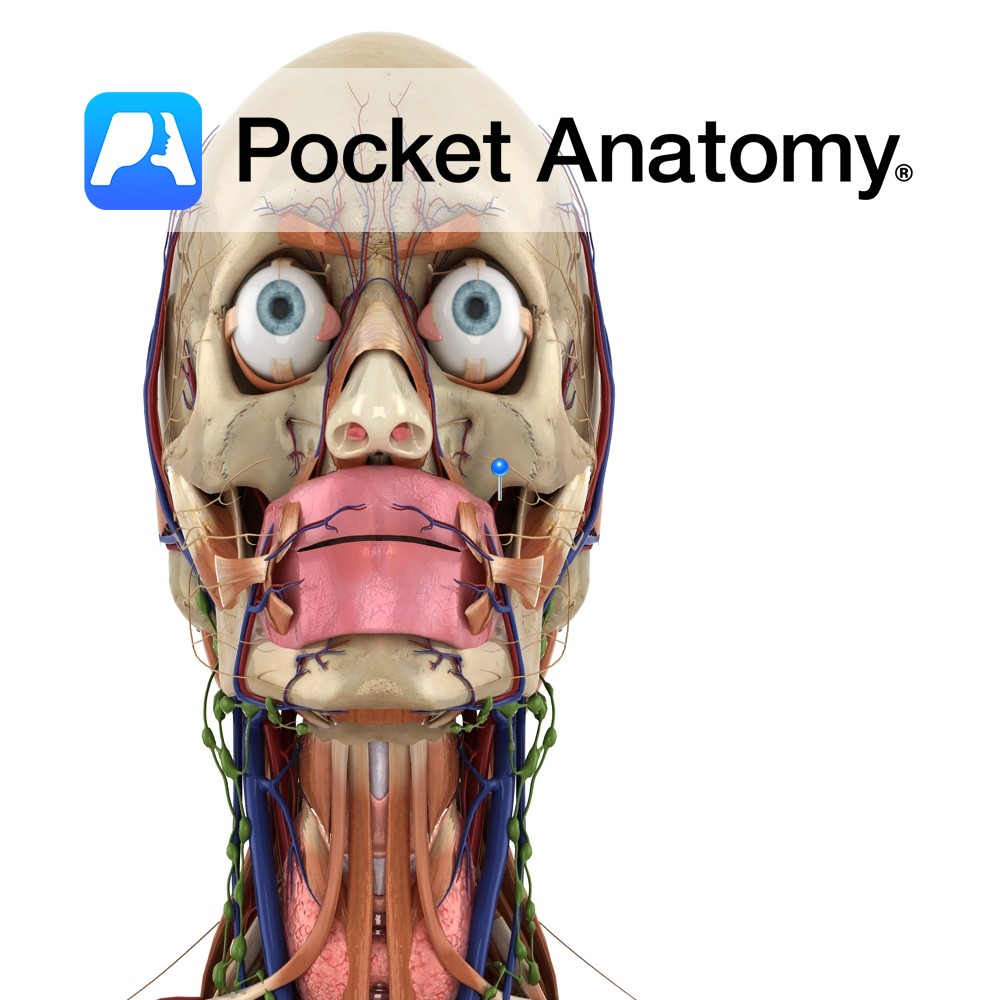Anatomy
Completes the progression, through L4, of change in where transverse process arises, from junction pedicle and lamina, to arising from junction pedicle and body, homologous with rib.
Transverse processes are strong. Body is much thicker in front than behind (providing prominence to the lumbo-sacral junction). Superior articular process has a small mamillary process, and the transverse process a small accessory process.
Clinical
Commonest site for spondylolysis (detached pars interarticularis); traumatic (eg over-training in sports), with hereditary element.
Can lead to sliding movement (forward or back ward) of the vertebra thus destabilized over a neighbour, with narrowing of the canal and compression of cord – spondylolisthesis; symptoms can include back, buttock and leg pain, back stiffness, tight hamstrings, paraesthesiae, waddling bent-over gait. Bilateral pars fractures at C2 – hangman’s fracture.
Interested in taking our award-winning Pocket Anatomy app for a test drive?





